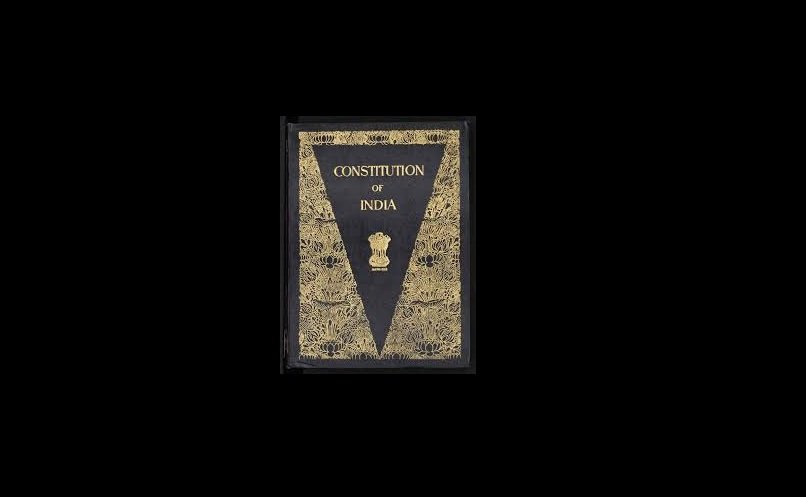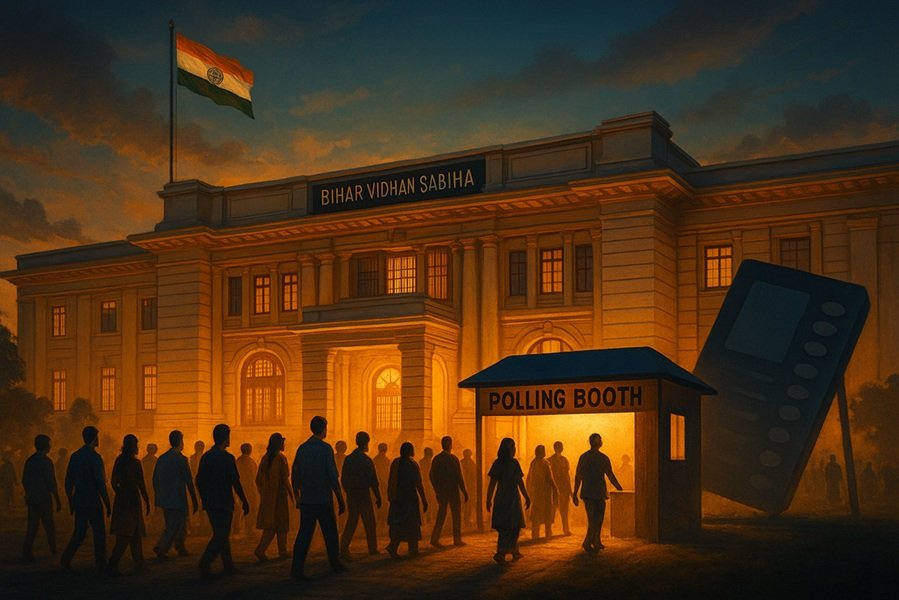
The Indian Constitution, adopted on January 26, 1950, is the supreme law of the land. It is a living document that adapts to the changing needs and aspirations of the society it governs. The mechanism to achieve this adaptability lies in its amendment process. The process of amending the Constitution is a crucial aspect that allows it to evolve while maintaining its core principles and objectives.
What is a Constitutional Amendment?
A constitutional amendment refers to the process of making changes to the Constitution to address emerging needs, rectify inconsistencies, or incorporate new ideas. Amendments ensure that the Constitution remains relevant in a dynamic socio-political environment. In India, this process is governed by Article 368 of the Constitution.
Types of Amendments
The Indian Constitution provides for three types of amendments:
- By Simple Majority: Certain provisions can be amended by a simple majority of the Parliament. These include changes to the rules of procedure, admission of new states, or altering the names of states. These are not considered constitutional amendments in the strict sense.
- By Special Majority: Most amendments require a special majority of the members present and voting in each House of Parliament, as well as a majority of the total membership of each House. For example, amendments related to fundamental rights or directive principles fall under this category.
- By Special Majority with Ratification by States: Some amendments require, in addition to a special majority, the approval of at least half of the state legislatures. These include changes affecting federal structure, such as the distribution of legislative powers between the Union and the states or the representation of states in Parliament.
Key Features of the Amendment Process
- Flexibility and Rigidity: The Indian Constitution strikes a balance between rigidity and flexibility. While some provisions can be amended easily, others require a more complex procedure to ensure thorough deliberation.
- Parliamentary Initiative: The process of amendment begins with a proposal in either House of Parliament.
- Democratic Process: Amendments are subject to extensive debate and voting, reflecting the democratic ethos of the country.
- Judicial Review: Amendments can be challenged in courts if they are deemed to violate the Constitution’s basic structure.
Landmark Amendments in Indian Constitutional History
- First Amendment (1951): This amendment added restrictions to the right to freedom of speech and expression, enabling the state to impose reasonable restrictions.
- Seventh Amendment (1956): It reorganized the states based on linguistic lines, significantly altering the federal structure.
- Twenty-Fourth Amendment (1971): This amendment affirmed Parliament’s power to amend any part of the Constitution, including fundamental rights.
- Forty-Second Amendment (1976): Known as the “Mini-Constitution,” it introduced several significant changes, including the addition of the words “Socialist,” “Secular,” and “Integrity” to the Preamble.
- Fifty-Second Amendment (1985): Popularly known as the Anti-Defection Law, this amendment sought to curb political defections by disqualifying defectors from holding public office.
- Seventy-Third and Seventy-Fourth Amendments (1992): These amendments established the Panchayati Raj system and urban local bodies, strengthening grassroots democracy.
- One Hundred and First Amendment (2016): This introduced the Goods and Services Tax (GST), a landmark economic reform that unified India’s indirect tax structure.
The Basic Structure Doctrine
The basic structure doctrine, established by the Supreme Court in the Kesavananda Bharati case (1973), limits Parliament’s power to amend the Constitution. According to this doctrine, amendments cannot alter the Constitution’s basic structure, which includes principles such as the supremacy of the Constitution, rule of law, separation of powers, and judicial review.
Challenges and Criticisms
- Political Motivations: Amendments are sometimes driven by political considerations rather than genuine public interest.
- Lack of Consensus: Some amendments, especially those requiring state ratification, face resistance from states, leading to delays or failure.
- Judicial Interventions: Frequent judicial scrutiny can lead to conflicts between the legislature and judiciary.
Conclusion
The amendment process of the Indian Constitution is a testament to its dynamic and resilient character. It ensures that the Constitution remains a living document, capable of meeting the demands of a rapidly changing society. While the process has its challenges, the careful balance between flexibility and rigidity has allowed India to uphold its democratic principles and maintain unity in diversity. As the nation progresses, the amendment process will continue to play a pivotal role in shaping its constitutional journey.







